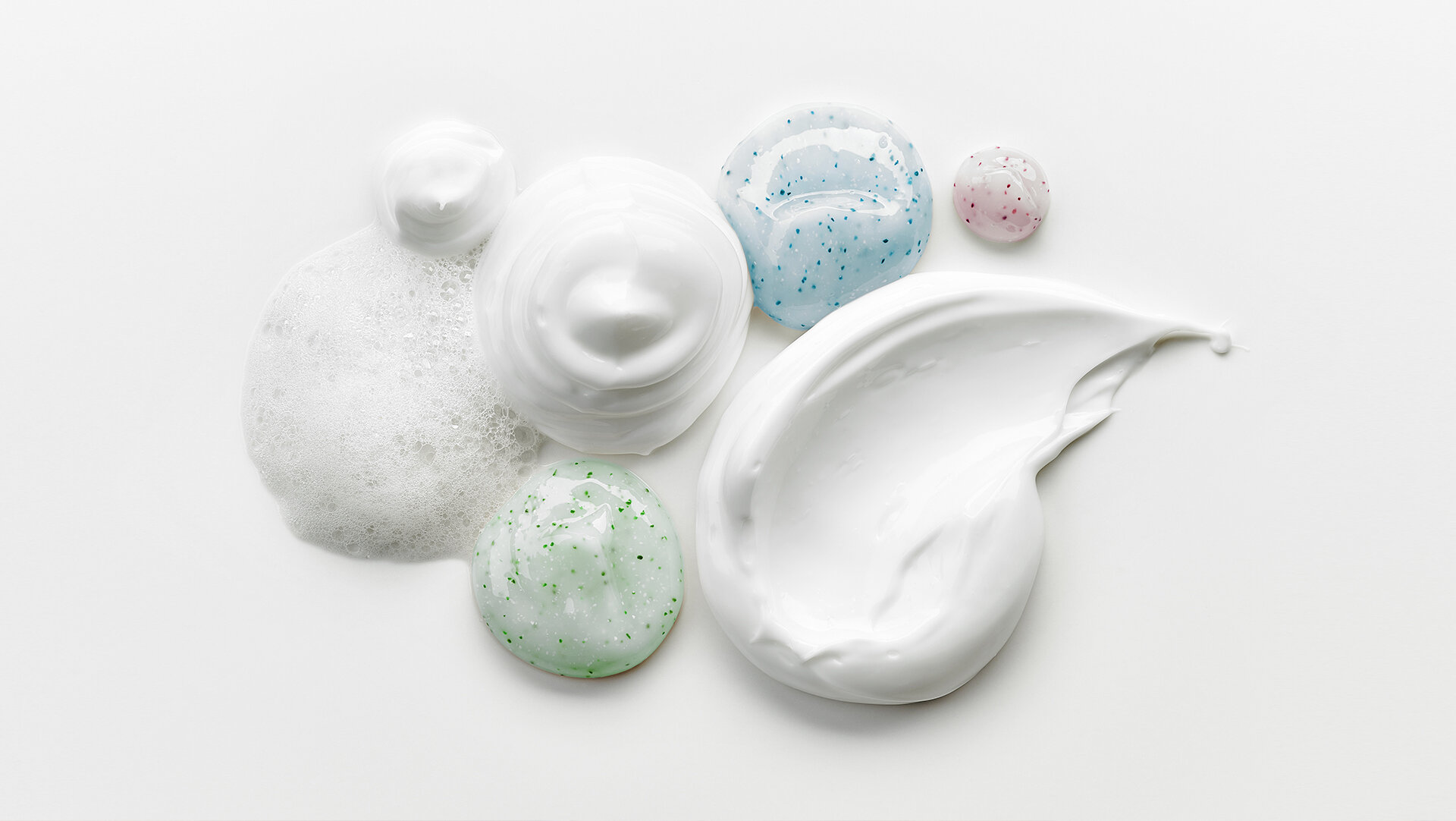The Basics of Cosmetic Product Testing
Completing product development and having a finished product in your hands is great…but there is more work to be done.
Due to the nature of almost all cosmetics, you now have to complete a number of product safety and efficacy tests to ensure you can register your products with the appropriate regulatory authorities to be able to sell them.
Depending on the markets in which you’ll offer your products, you may have to submit products for several safety and efficacy tests. In the U.S., according to the FDA, it is the responsibility of the finished product manufacturer to substantiate the safety and efficacy of both ingredients and finished cosmetic products prior to marketing and produce them according to the Good Manufacturing Practices (GMP).
For Europe, Cosmetic products have to undergo all the required testing defined in the EU Cosmetics Regulation (EC) 1223/2009 to be compliant.
What is PET testing?
Your product formulation will include appropriate methods of preserving and protecting the product, unless it falls into the category of products that have a low likelihood of contamination (see list below). But simply adding a known preservative to your formulation isn’t enough. You need to verify the efficacy of your preservatives.
Preservative Efficacy Testing (PET), also known as cosmetics challenge testing or preservative challenge testing, ensures that preservatives used in your product adequately prevent growth and reproduction of microorganisms. Preservation — however it is done — helps ensure the safety of the product (by preventing spoilage) and protects consumers.
With PET, a product is artificially contaminated with five different strains:
Staphylococcus aureus
Pseudomonas aeruginosa
Candida albicans
Escherichia coli
Aspergillus brasiliensis
Products are then evaluated for the presence of these microorganisms after seven, 14 and 28 days. As long as the concentration of fungi or other microorganism does not increase and concentrations of bacteria are reduced, the product passes the test. Plan on up to six weeks to complete PET testing; you must repeat PET testing whenever you reformulate.
Some products, due to formulation or packaging, can be exempt from PET because the likelihood of microbiological contamination for such products is very low or even non-existent. These include:
Products that do not contain water
Highly acidic (pH below 3) or highly alkaline (pH above 10)
Products with more than 20% alcohol concentration
Formulation with raw materials that can create a hostile environment, such as oxidizing agents, polar organic solvents, oxidizing dyes, aluminum chlorohydrate and related salts or propellant gases
Containers filled at more than 149 degrees Fahrenheit
Product packaged in pressurized containers, pump dispensers or single-dose units
Keep in mind, every exemption from challenge testing must be properly substantiated.
What is Stability Testing?
What happens when a product is subjected to harsh or abnormal conditions, such as extreme cold or heat? Exposure a number of extremes, which can typically occur during transport or storage, can alter the product state. Potentially, consumers could end up with something unexpected — a product whose texture, safety, functional performance and more have all been altered.
Stability testing exposes products to various “real world” conditions, such as changing temperatures, humidity, UV light, and mechanical stress. This helps formulators understand if such conditions have a negative impact on the product’s quality, durability, and safety. These tests are done in inert packaging materials such as glass.
Stability testing helps determine a product shelf life and also verifies compatibility of formulation and packaging. This is done with every packaging type your product will use to account for any potential leaching from packaging materials.
Stability testing can be done in “real time,” meaning if you claim a one-year shelf life, you must monitor the product for a year. Most companies, however, opt for accelerated testing, which involves storing product at elevated temperatures and conducting freeze thaw tests.
What is a COA?
COA stands for Certificate of Analysis, and retailers such as Amazon will typically ask you for this before they will offer your products. The COA establishes that a product was analytically tested and meets specifications of safety and quality. As an example, one laboratory offering COA services tests for:
Aerobic Plate Count (APC)
Yeast & Mold Plate Count
Escherichia coli
Pseudomonas aeruginosa
Staphylococcus aureus
Candida albicans
Appearance, Color, Odor, pH
Heavy Metals: Lead, Mercury, Arsenic
A COA is different than a PET or stability testing. Depending on where you will offer your product(s), it may be all you need to submit your product for sale.
The HatBerg Collective can assist with your product testing needs, and, following that, product registrations in any market. Let us help you get products to market as soon as possible!




